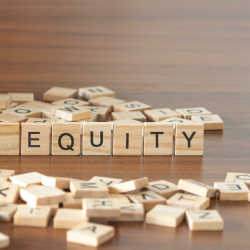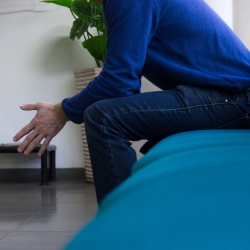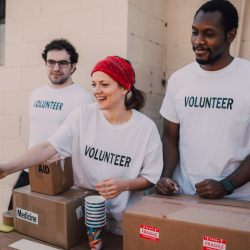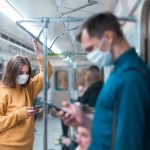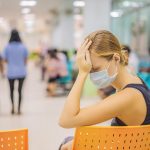No one thing will keep employees and their workplace safe. But what will?
Last month, Mercer released its 5th study of how companies are returning to the workplace. The study is global, online and done in real-time.
It seems most companies are doing something about their employees’ health– from temperature screening onsite (63%), to requiring employees to self-assess and verify (51%), to administering a symptom questionnaire onsite (44%). 5% of companies are doing serology screening, 7% are doing PCR screening – and 9% of companies aren’t doing any screenings or assessments.
But, will this give companies and their employees the confidence they need to make returning to work less a game of Russian Roulette?
It seems not – at least at this stage.
It’s vital to remember just how fast-moving the virus and its antidotes are. What was conventional wisdom last month is now…not so much.
For example on June 12th, Ottawa ordered everyone boarding a flight in Canada to undergo a temperature check.
Yet on that same date, Alberta Health Services issued a report saying that “fever screening models are highly variable in effectiveness…..the evidence…is mixed at best and unfavourable at worst.”
This confirms what Canada’s chief public health officer, Theresa Tam, said on May 4th: “The more you actually understand this virus, the more you begin to know that temperature-taking is not effective at all.”
This view of temperature-taking is largely the same when analyzing the effectiveness of any one protocol to protect employees.
What does seem to work – and again, things are changing quickly – is a multi-pronged strategy.
As the Alberta report said: “Multifaceted screening programs appear to be the most effective for detecting staff illness. In healthcare settings, this could be a program that combines staff education with self-report symptom reporting, temperature detection, and lab-based testing.”
The point is, we’re all learning as we go along. Governments, public health experts, companies, citizens. Few situations in our lifetimes have been as ‘evolving’ as this is.
In the early days, that is to say three months ago, we relied on our governments to navigate us out of the pandemic. But now, that the economy is shifting into gear again, employers must also help us navigate our health.
Canada’s ability to flatten the curve was strongly aided by screening and testing.
Now, part of that responsibility is shifting to employers to create alarm systems for everyone returning to the workplace.
One of the most innovative of these systems is the self-assessment tool which lets employees determine their health and COVID-19 risk in real-time before leaving home.
Until last year, a solution like this didn’t need to exist. But now it does, and My Health Map: Return to Workplace is been beta-tested at a number of Canadian companies with an eye to insurance companies, benefits providers and banks.
What makes My Health Map more than a personal tool is that it uses a double reporting system so the user’s employer also sees the results at the same time the employee does.
This feature is a game-changer, because it’s one thing for an employee to claim they’re safe. It’s one thing as well for an employer to claim their workplace is safe.
It’s another thing entirely for both to be able to “trust, but verify.”

